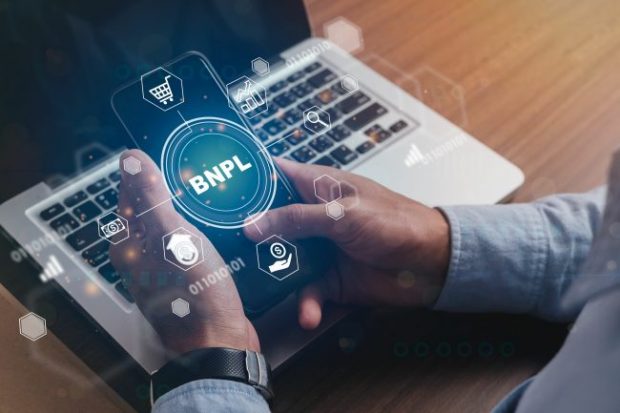 In-car payment technology takes another leap into the mainstream (Image: Shutterstock).
In-car payment technology takes another leap into the mainstream (Image: Shutterstock).
Credit unions and other car issuers may soon see interchange revenue coming from in-car payments, if Honda's latest prototype is any indication.
The company's latest prototype, called "Honda Dream Drive," lets drivers pay for gas, parking, movie tickets and food orders, as well as make restaurant reservations, order food and share their locations. Passengers can use their mobile devices to play games, watch movies, stream music, read, use travel apps, control cabin features and perform other functions. Honda showcased the technology at this year's Consumer Electronics Show in Las Vegas.
Recommended For You
"Since 2016, Honda has worked with Visa to build and enhance the in-vehicle payment experience to make payments more convenient and secure. Now, Honda is expanding its in-vehicle payment collaboration to include Mastercard and PayPal. Collectively, Honda is working with these partners to create the vehicle experience of the future," the company said.
This isn't the first year that Honda has promoted its in-car payments technology ideas at the Consumer Electronics Show — it originally debuted the concept there in 2017. Honda also isn't the first auto manufacturer that's tried to delve into in-car payments.
In 2016, Mastercard partnered with General Motors and IBM to embed its Masterpass mobile payment technology into a new platform called OnStar Go — a car-based navigation, security and communications system. That combination allowed drivers to order food, pay for goods and services via Masterpass, and perform other functions.
Mercedes also joined the fray in 2017, when it announced its move to acquire electronic payment services provider PayCash Europe, which it planned to use to launch "Mercedes pay" in its Daimler Mobility Services subsidiary.
"Honda has teamed up with industry leaders who want to understand how to best provide in-vehicle services to our customers," Honda Innovations Managing Director Strategic Partnerships John Moon said. "These collaborations are important to test consumer desire so we can understand how to mutually serve our customers."
Honda's continued experimentation with in-car payments also highlights the growing capabilities of mobile wallets in the credit union industry and in other arenas.
By 2020, for example, 30% of in-store purchases will be made with contactless payment cards and mobile wallets such as Apple Pay, Samsung Pay or Google Pay, according to recent estimates from fintech analysis firm Juniper Research. Mobile wallet options from Apple, Samsung, Google and similar "OEM pay wallets" will likely drive most of the growth in the mobile contactless payment market, reaching 450 million users by 2020, it said.
Research from the University of Illinois also found that paying for things with a smartphone increased how much consumers spent and how often they shopped.
© 2025 ALM Global, LLC, All Rights Reserved. Request academic re-use from www.copyright.com. All other uses, submit a request to [email protected]. For more information visit Asset & Logo Licensing.







